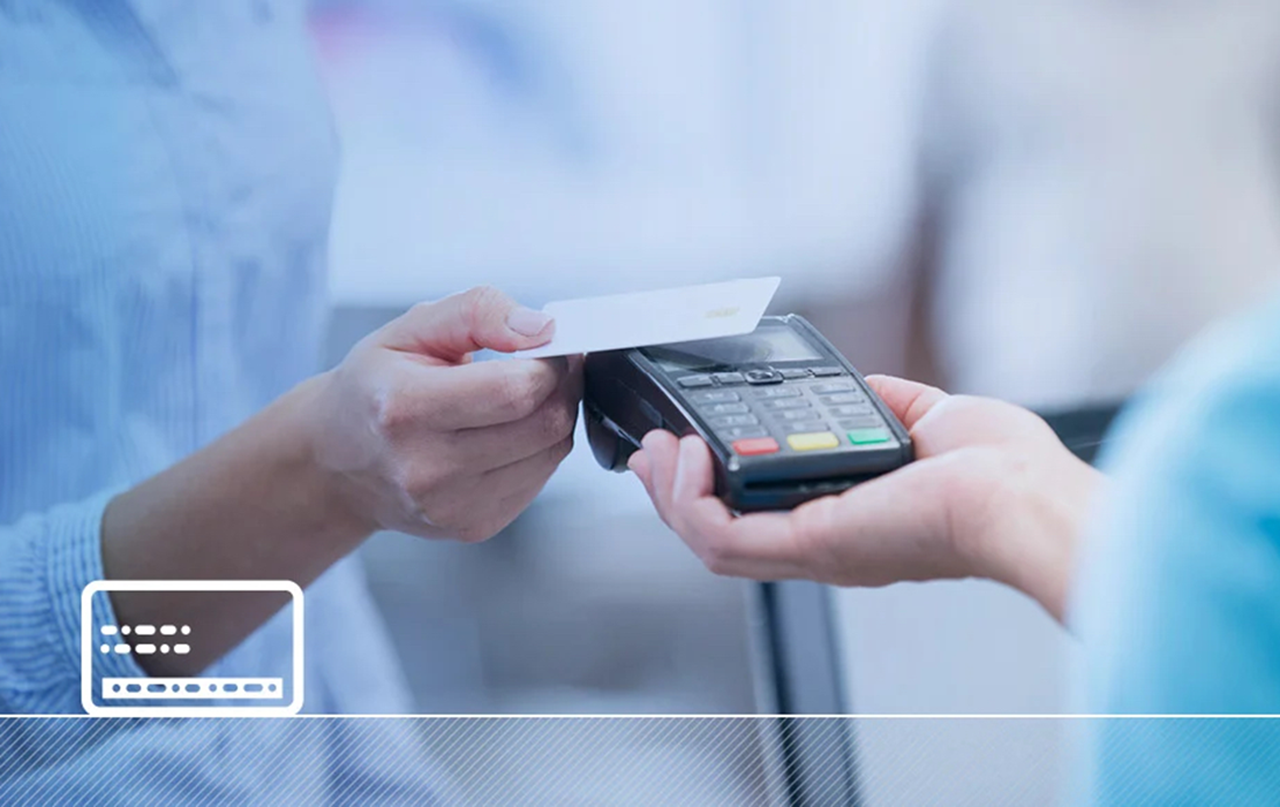By Phil Nieto
COVID-19 has changed the ways that dental offices interact with patients in everything from the waiting room to the operatory to checkout. Even as dental offices bounce back from COVID-related closures and more stringent procedures, there’s still a need for offices to ensure that they can collect payments in ways that have the least potential impact on employee health while also giving patients an easier method to pay their bills.
With advances in technology, it’s easier than ever for dental offices to ensure that they’re collecting payments safely. However there are also important steps that staff must take to make sure that payment information is being secured correctly to limit potential financial harm from insecure data.
Here are three options for accepting contactless payments:
- In-person contactless payments via a contactless card or smart device
Did you know that most card readers that have a chip reader also include a contactless card reader? Often, it’s as simple as holding a smart device or contactless card near the card reader when the patient would normally put in their chip card. The payment will process smoothly and there won’t be any handoff of a physical card between patients and your staff. Best of all, that contactless payment uses the same encryption and tokenization as the embedded chip, so you can accept the payment without additional risk. One thing to note about contactless payments: some card issuers will set a contactless transaction amount limit, so larger transactions may require patients to swipe/insert the card instead. - Website payments
Accepting payments on your practice website is a great way to get paid without having to handle your patients’ cards. Plus, there’s the added benefit of patients having payment access after business hours and on weekends, making it easier for them to make a payment when it’s convenient for their schedule. Best Card’s payment pages are customized to match your site, and they have security features to ensure that patients’ personal information is protected. - Customer vaults
Many online systems also offer secure card storage to allow you to keep a card on file for each patient and make it easier to collect for medical fees not covered by insurance.
Here are three tips to ensure you’re collecting payments securely:
- Point-to-point encryption
Some processors, including Best Card, offer systems featuring point-to-point encryption. This improved technology ensures that all card data is encrypted on the card-reading device before any of this sensitive information ever reaches your computers or network. With almost any system, card information is encrypted before it is sent, but point-to-point encryption prevents this data from potentially being intercepted within your network by malware or if a manual breach were to occur. - Tokenization
Most secure payment systems will tokenize card data, sending a unique key specific to that card and merchant at the time of the transaction. This means that rather than sending the full 16-digit card number, these systems will instead send a secure token to the bank for authorization so that transaction data cannot be used in another scenario even if it were to be intercepted. - PCI compliance
The Payment Card Industry data security standard can be considered as the credit card industry’s own version of HIPAA. It ensures that as you run credit cards, you’re doing it in a secure way that protects the cardholder. Systems that accept credit cards need to be PCI compliant, however PCI is also important to follow in your office’s day-to-day operations. You should be recertifying your compliance questionnaire at least once per year to keep up with best practices in the office, and you may additionally be required to pass at least quarterly network scans to ensure your network is meeting current security requirements. PCI is usually done at the merchant level, but there are standards upheld by all PCI vendors to help merchants keep cardholder data safe.
Best Card is endorsed by ADA Member Advantage as the only credit card processing solution for ADA Members. Learn more at www.bestcardteam.com/ada
Mr. Nieto is President of Best Card Team, the ADA Member Advantage-endorsed credit card processing solution. ADA members can submit a recent credit card processing statement to get a free analysis from Best Card on how much they might be able to save by switching to the platform by fax at 1.866.717.7247 or email to Compare@BestCardTeam.com. For more information, call Best Card at 1.877.739.3952.
